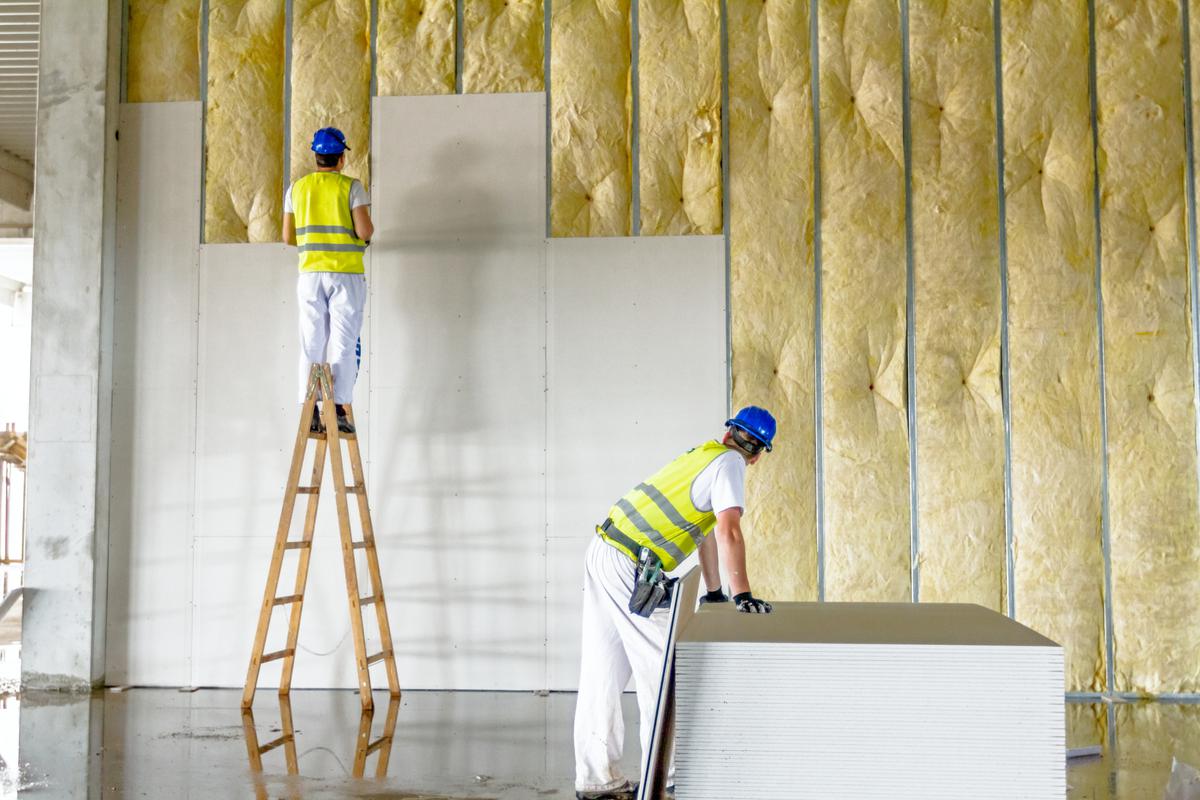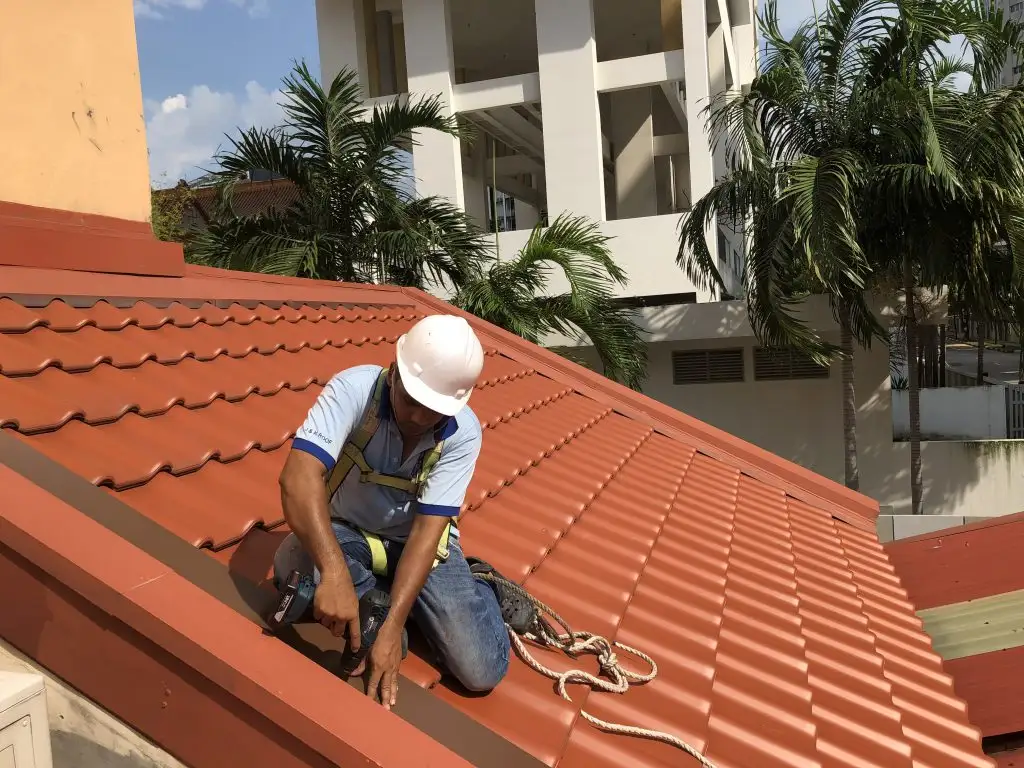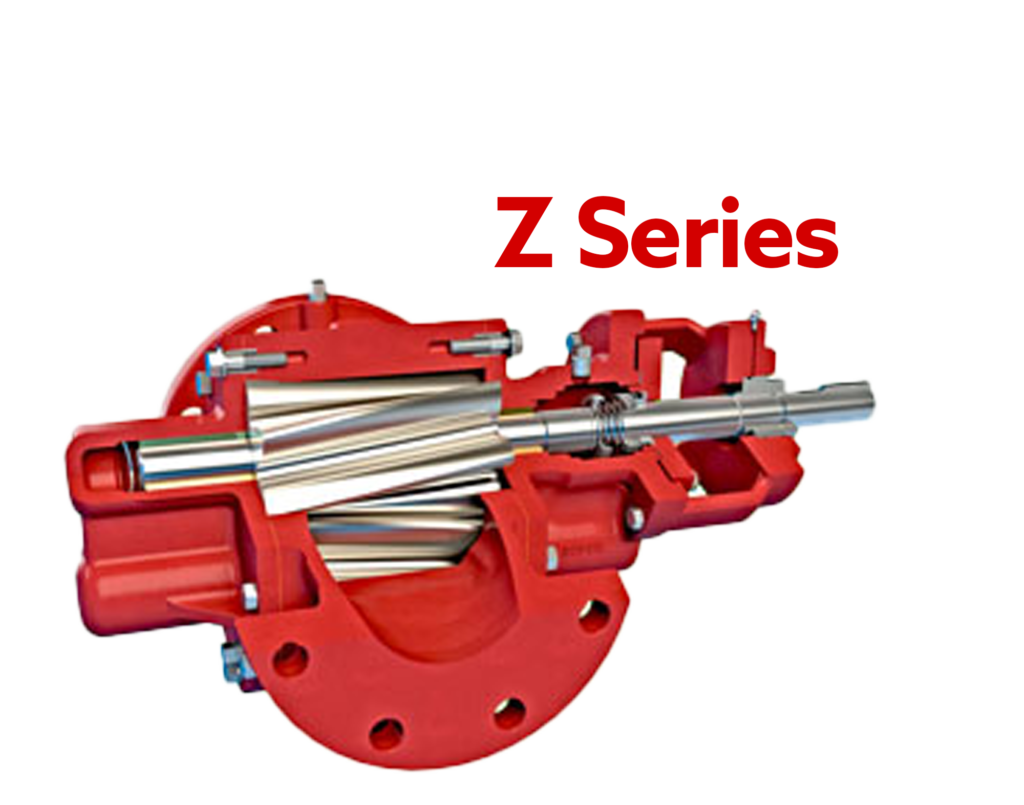How to Grow Peas In A Home Garden

Versatile, nutritious, and delicious, peas are a prime choice of crop for the everyday home gardener. The edible seed pods of a pea plant are chock-full of vitamins, minerals, antioxidants, fiber and even some protein. Plus, legumes are easy to incorporate into your weekly menu, whether as a side dish, in a casserole, mixed into pasta or simmered in a hearty soup. Follow this step-by-step guide to growing peas in your home garden!
Table of Contents
Types of Peas
First, you need to determine what type of pea you’d like to grow. Some pea plants grow in long trailing vines, for which you’ll need a support trellis, while others grow in a bush pattern. Some pea plants have leafless vines, while others are semi-leafless. Pea varieties also differ according to the number of peas per pod, maturation time, pod length, and string or stringless pods. In addition, some types may be more resistant to certain diseases, like powdery mildew and root rot. Your seed supplier may provide exact details on your chosen variety.
In general, there are three main categories of peas. Sweet peas, also known as garden peas, English peas, or shelling peas, typically grow in tall vines and produce inedible pods that need shelling. For instance, try the Little Marvel cultivar if growing in a container or the Lincoln variety if you live in a hot climate. Snap peas produce long, edible pods containing large peas. The Sugar Snap variety is an all-around classic option, while the Super Sugar Snap VP is a slightly sweeter cultivar to try. Snow peas grow thin-walled, flat-shaped pods that you can eat. Look into the Oregon Sugar Pods variety for a highly disease-resistant option or the Avalanche variety if you like gigantic pods.
Planting Tips
Planting peas requires a bit of planning and preparation. Consider the following factors first:
- Season: Peas are best planted in early spring after the last snow. They typically won’t survive freezing temperatures. Alternatively, plant them in late summer about 6 to 8 weeks before your first frost.
- Soil: Peas can be picky about their soil conditions. They need well-draining soil, which means raised garden beds may be optimal if you live in a wet region. For sowing, the ground should be at minimum 40°F, preferably at least 60°F, and well-treated with aged manure, compost or mulch. Don’t plant peas in the same soil more than once per 4 years. Their roots will release nitrogen into the soil, and exposure to too much nitrogen eventually discourages fruit production in pea plants.
- Light: Peas will thrive in areas with plenty of sunlight. They can grow in partial shade, too, but may not be as fruitful.
Once you’ve got those preliminary details figured out, you’re ready to start planting. First, soak the seeds overnight to jumpstart their germination. Then, sow them about 1 inch deep and 2 inches apart. Rows should be at least 7 inches apart.
Maintenance & Care
Like any other plant, maintaining pea plants involves weeding, fertilizing the soil with 3 inches of mulch, keeping an eye out for disease, and watering. The amount of water they need will depend on how wet your climate gets. You may not need to water them at all if the soil is perpetually soaked. On the other hand, drier climates may need more regular watering. The general rule of thumb is to water them one inch each week. Make sure to water the soil directly, rather than spraying the vines, as this helps prevent disease.
In addition to this, pea plants will need support. Bush pea plants can grow up to 2.5 feet tall, while vining peas may reach 6 feet. These lanky branches need to be held up with netting, chicken wire, trellises, or simply a stick and a cable tie.
Harvesting
As mentioned previously, the maturation time may vary from one pea variety to the next. Generally speaking, most pea plants reach maturity after about 60 to 70 days. The flowers will bloom and only take another day or two to produce pods. That said, remember to check your pea plants every single day during the harvest season. Harvesting your pea plants regularly like this allows them to continue producing. Pea plants are finished producing when the hot weather hits.
To pick the pods, support the length of the vine or branch with one hand and snap the pod off with the other hand. Ideally, the pods should have thin skin, and the peas should taste sweet and not too starchy. Don’t harvest them too early, or they may be too small and flavorless. Pick them too late, however, and the pea pods may toughen and become inedible. Don’t hesitate to sample a pea before picking them all.
You’ll know when sweet peas are ready for picking when the pods just begin to feel waxy. Snap pea pods will appear large and sleek as though bursting with the peas inside. Snow peas pods are more gentle, but you’ll know you can pick them once the tiny seeds inside are visible.
Most pea varieties will need to be cooled immediately after picking. Dump the pea pods into cool water, then dry them off and stick them in the refrigerator until you are ready to use them.
Storing
Fresh peas are the ideal way to enjoy your crop. However, peas don’t keep for very long. Their flavor and tenderness significantly decrease in just a few days, rendering them completely inedible. So how can you save your hard-earned crop?
Proper storage techniques can prolong the life and quality of your pea crop. To refrigerate peas, first put them into paper bags or paper towels, then cover them in plastic wrap. You can also freeze them in air-tight containers after de-stringing or shelling. When you’re ready to use them, remember to shell your sweet peas and remove the string in your snow peas.
In Conclusion
If it’s your first time growing peas, it may seem like a lot of information upfront. However, just like anything else, gardening is a skill you’ll cultivate with time and practice. You may start small with a single bush pea plant in a container until you’re ready to plant rows in your backyard. Or, you may prefer to dive right in. No matter your style, growing peas is a rewarding experience in and of itself – especially when you take that first bite of Chinese stir fry with snap peas or savory split pea soup!











